Blogs
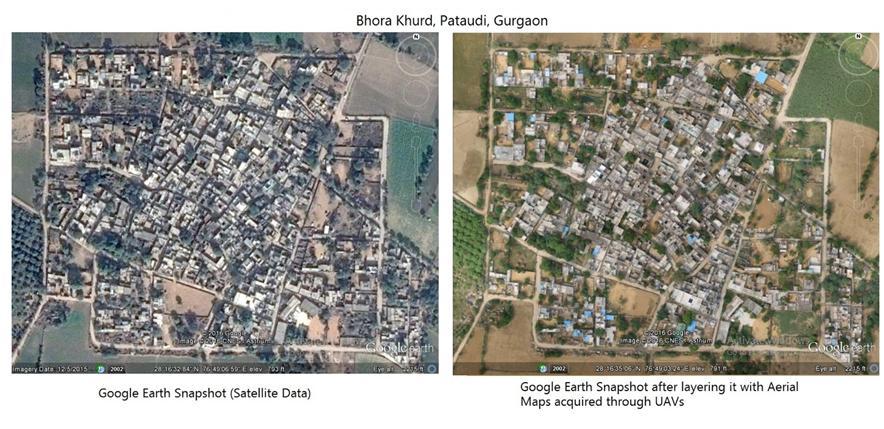
USING DRONES FOR RESEARCH AND MONITORING – ETHICAL, SAFETY AND ACCOUNTABILITY FRAMEWORK
 Outlineindia
Outlineindia- 12 October, 2023
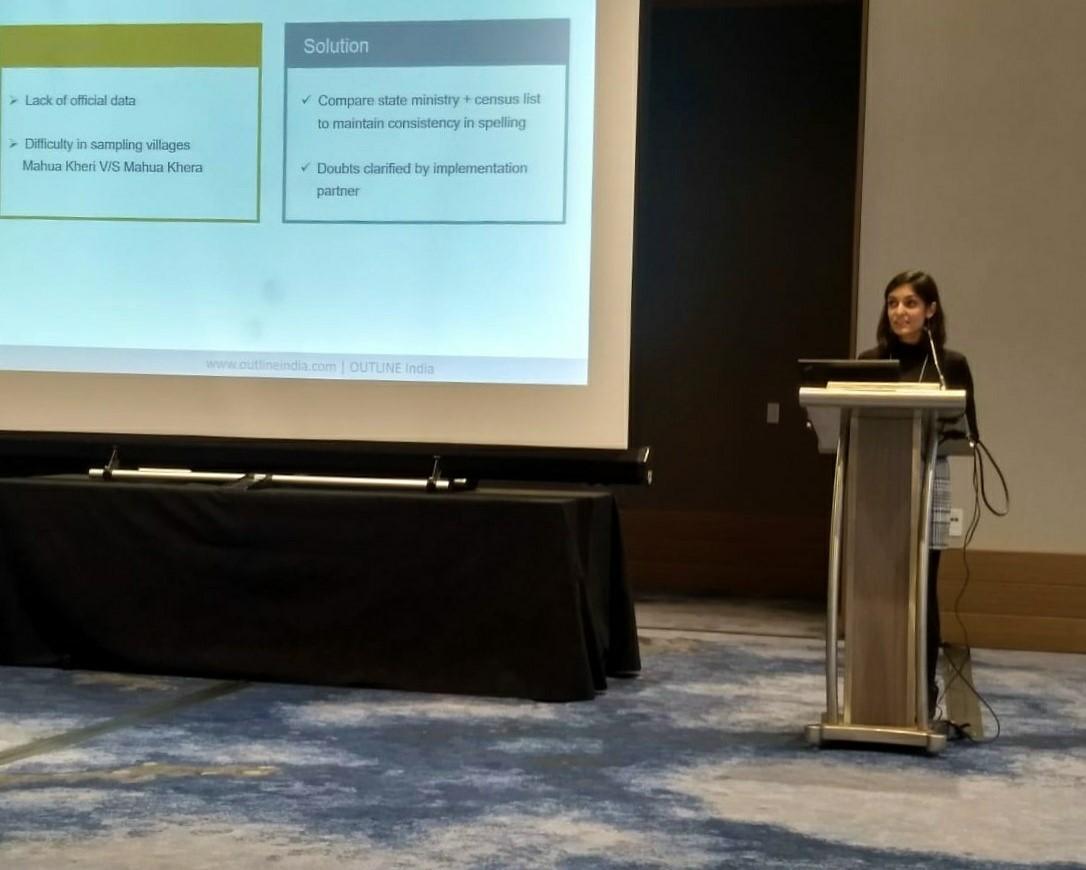
EXPERIENCES FROM 'EVALUATION 2018'
 Outlineindia
Outlineindia- 12 October, 2023
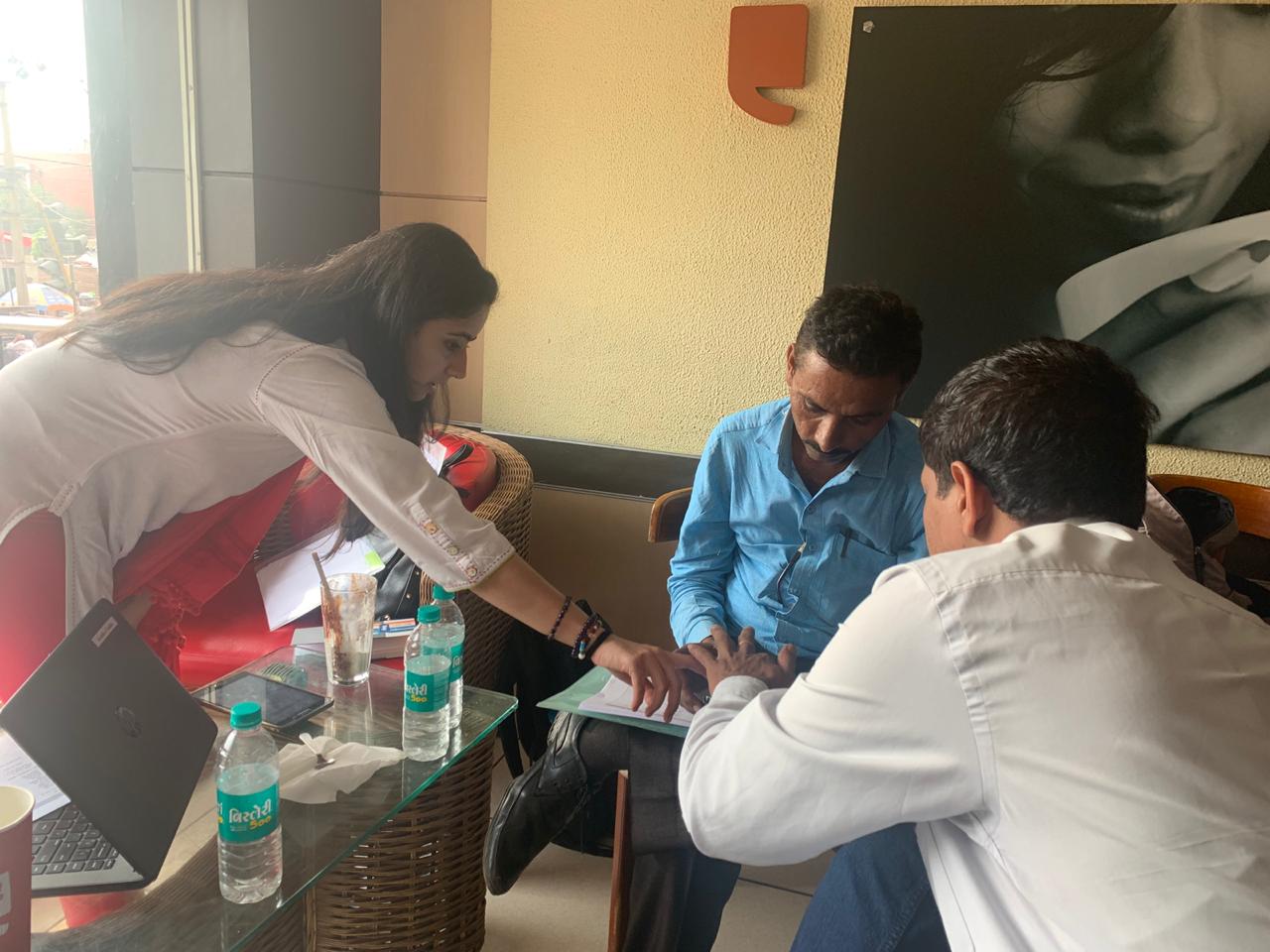
THINGS TO REMEMBER WHILE DESIGNING THE SURVEY TOOL
Effective data collection necessitates extensive field training, which in turn is a process rife with utter detail. The following objects are communicated to the enumerators as a part of their field training:
CHECKLIST BEFORE INTERVIEWS
Keep the following documents handy:
• Organisation ID
• Permission letters
• Personal ID cards
• The list with respondent names
CHECKLIST AT THE TIME OF THE INTERVIEWS
- Begin the interview only after the respondent satisfies all the screeners. Screeners either qualify or disqualify respondents from taking the survey – depending on their answers. They aid in the decision of who takes your survey based on the target audience one wants to hear from.
- Tell the respondents your name and the name of your organisation.
 Outlineindia
Outlineindia- 12 October, 2023
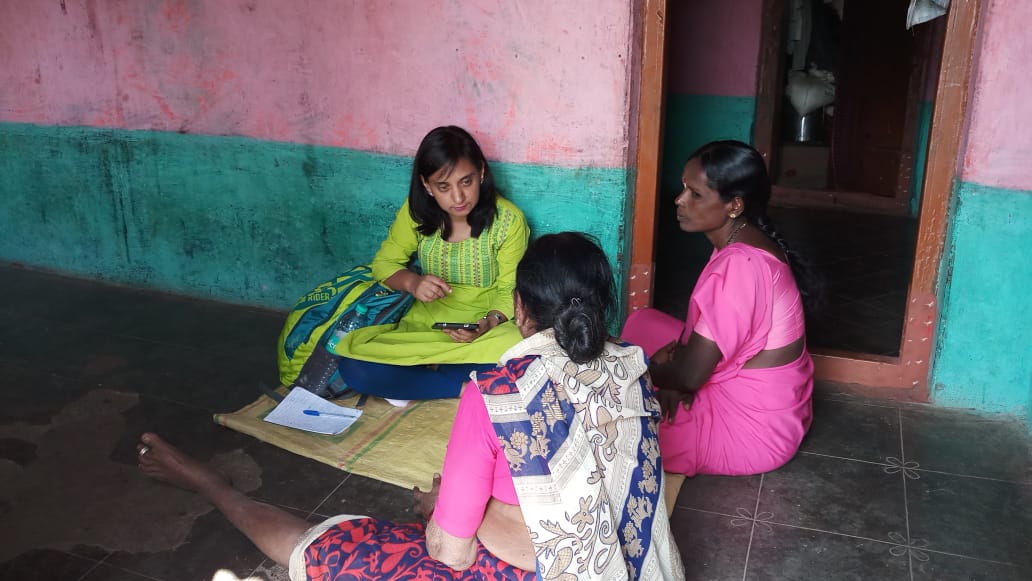
DIFFERENT STEPS OF DATA COLLECTION
When pioneers research, they know their tools and sample well.
Introduction
Data collection would begin after a researcher has clearly defined and articulated his/her research problems. Data can be collected in two ways: by using primary sources and by using secondary sources. The primary data is collected after visiting the field. Thus, it acts as a first-hand information to address a specific research problem. The secondary data has been collected by someone else and it has been through a rigorous statistical process. For collecting data, the researcher must decide which kind of data he/she would be using for the study. The methods of collecting primary and secondary data differ as primary data is collected originally while in case of secondary data, the data collection work is merely about compiling the given data.
Steps for Data Collection
- Identify issues and opportunities for collecting data: Every tool for collecting data has its own pros and cons. Thus, for deciding the best method, it is important to identify issues and opportunities for collecting data according to the method. It might be helpful to engage in a pilot study to review our tools and sample size.
- Setting goals and objectives: The researcher uses data to address his/her research questions and must design his/her methodology accordingly. Thus, every tool used by the researcher must have certain objectives which could be used for addressing these questions after analysis.
- Planning approach and methods: Researcher would make decisions pertaining to who will be surveyed, how data will be collected, sources and tools for data collection, and duration of the project.
- Collect data: While planning the data collection, it is important to understand logistical challenges and prepare accordingly.
Various Methods of Data Collection
There are various methods of collecting data. A researcher must know the pros and cons of each method so as to choose the best method for addressing research problems and suggesting recommendations on the basis of proper data analysis.
Collecting the Primary Data
Collection of Primary Data in Social Sciences is in the form of performance surveys like the census and sample surveys then we can collect primary data through observation or by conversing/interviewing respondents. There are various methods for collecting primary data including, observation method, Interview, through questionnaires, through schedules, content analysis, etc.
A. Observation Method
This method is commonly used in Behavioural Sciences. It can only serve as a scientific tool if the researcher has planned it well and recorded all the incidents in a systematic manner. In this method, the researcher has to observe the situation and how respondents behave in a specific setting. While using this method, the researcher must focus on the process of carrying out a structured observation to address questions like, what should be observed? How observations will be recorded? How the accuracy of observation can be ensured? There are two ways to carry out observation: participant observation and non-participant observation. In participant observation, the researcher becomes the member of the group so as to experience how the other group members feel but if the researcher detaches from the group then he/she is being a non-participant observer.
B. Interview Method
Interview method involves interaction between the researcher and the respondents upon a particular issue or for capturing the impact of the issue of his/her interest. Interviews can be conducted through personal interviews or via using techno-aids like Skype, Google Hangout, email, telephone, etc.
C. Collecting data through questionnaires
While collecting data for a large sample size, questionnaires could be designed in a simplistic way to generate quantitative inputs for verifiability of a certain hypothesis considered by the researcher. In this method, the researcher prepares a questionnaire and asks the respondents to fill in the questionnaire and then asks the respondents to return the filled questionnaires. For each question, the researcher selects a measurement scale and analyses the data accordingly.
Collection of Secondary Data
Secondary data is the data which has been collected and analysed by someone else. Secondary data is available in various research journals; publications of international organisations, governmental organisations; books, magazines, newspapers, public records and statistics, etc.
Data collection is contextual and it should be only used for research/academic purposes. Therefore, research ethics need to be followed during the collection of data. The researcher must ensure that the data should be reliable, suitable, adequate, and accurate.
Selection of Appropriate Method for Data Collection
- Nature, scope and object of enquiry: This is the basis of choosing the method for data collection. It must suit the type of enquiry which the researcher wants to conduct. This would also help the researcher to understand if he /she wants to collect data from primary or secondary sources.
- Availability of funds: Funding is an essential component of research and it would help the researcher to choose a method which is effective, efficient and could help him/her to collect data with available funds.
- Time: A good researcher not just focuses on his/her research design but emphasizes on the allotment of time so as to proceed through each step of research. Therefore, time is an important factor as some methods consume a lot of time and some methods consume less time.
- Precision: A good research, impact assessment or evaluation study is precise and the level of precision required for writing them would also require a proper assessment of methods for data collection.
Thus, the most desirable approach for collecting data depends on the nature of problem, on the time and resources available and the level of precision required for addressing the research problems. But, selection of method also depends on the experience and ability of the researcher. Thus, Dr. Bowley said, while collecting data, ‘common sense is the chief requisite and experience is the chief teacher.’
References:
Kothari, C.R. (2013). Research Methodology: Methods and Technology. New Age International Publishers: Mumbai.
Ontario Human Rights Commission (2019). What is involved in collecting data:Six steps to success. Accessed on June 18, 2019. From HTTP://WWW.OHRC.ON.CA/EN/COUNT-ME-COLLECTING-HUMAN-RIGHTS-BASED-DATA/6-WHAT-INVOLVED-COLLECTING-DATA-%E2%80%93-SIX-STEPS-SUCCESS
 Outlineindia
Outlineindia- 12 October, 2023
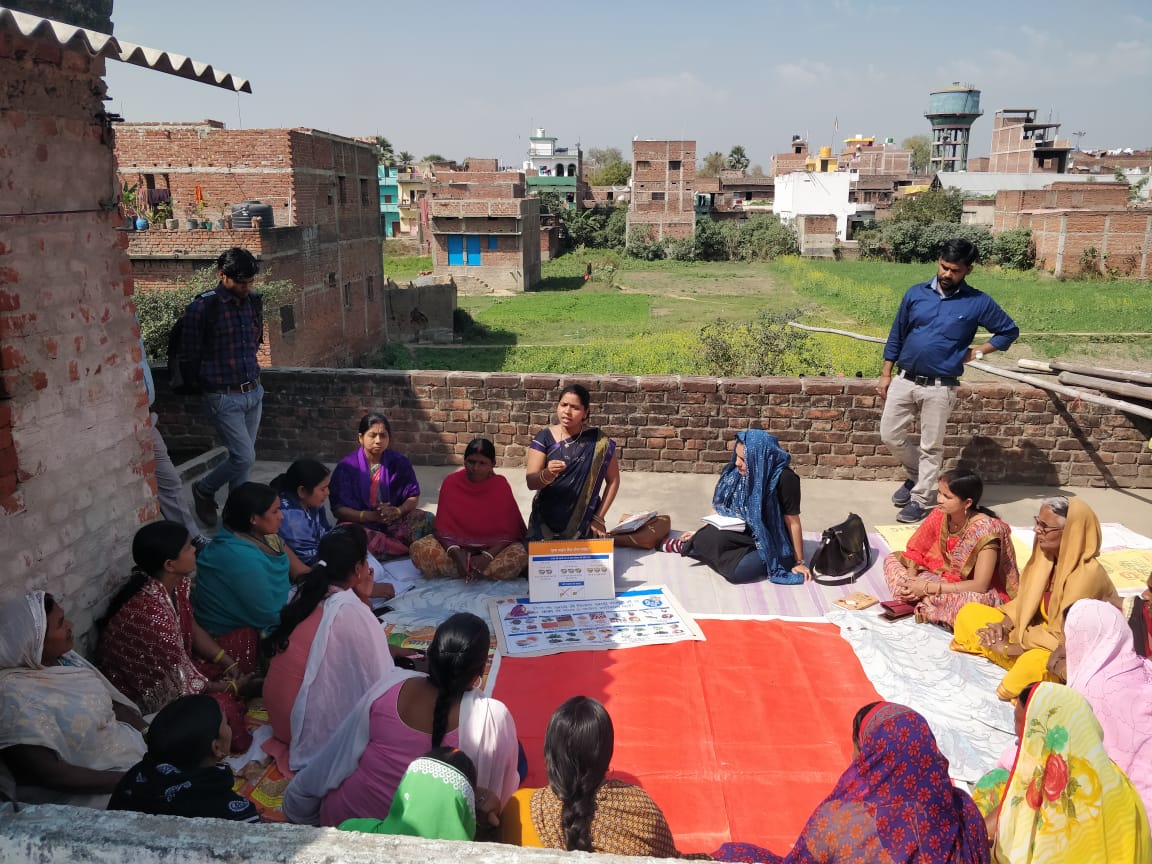
DEMOCRACY, GOVERNANCE AND DATA
Democracy as a system of governance is supposed to allow extensive representation and inclusiveness of people from diverse backgrounds and perceptions to feed into the functioning of a fair and just society. The definition of democracy could only be understood if it is defined in social and individual contexts which government provides its citizens through the plans, programs, policies and schemes.
Democratic ideals represent various aspects of the broad idea of “government of the people, by the people and for the people.” India is proud to be the largest democracy in the world. For more than sixty-five years, we have witnessed the conduct of successful elections, peaceful changes happening at the Centre and in the States, people exercising their rights and performing their civic duties. At the same time, we quite often experience rampant inequalities, injustice or nonfulfillment of social expectations.
Today, people believe that the government is unable to fulfill their expectations. In the last decade, many incidents took place which led to unrest among civilians. In July 2018 Union health Secretary, CK Mishra made an honest acknowledgement stating that there are serious problems with India’s public health statistics.
He also mentioned that the data from the latest round of the National Family Health Survey (NFHS-4) which is the major source for detailed health statistics in India, conducted under the umbrella of the Ministry of Health and Family Welfare (MoHFW), itself is unreliable for certain states.
On top of that, the Health Management Information System (HMIS), which Mishra assumed as “a data mine” is not being effectively used. “We use very little of it in the planning process” due to lack of expertise to read and understand the data, he stated.
The health secretary’s statement raises concerns: how can the country formulate evidence-based policy or plan wisely for the future without credible data? Also, a recent paper by the Health Team of the National Institute of Public Finance and Policy, New Delhi, found that the country’s health data was unreliable, irregularly published, and failed to cover a broad-enough population. And such problems are not restricted to the health sector alone. The entire Indian data ecosystem needs improvement.
The debate over the unimpeachable India’s data, GDP and other statistics related to Economics, remains unsettled. Unemployment is a major challenge for the Government and it is a key socio-economic concern. Thus, economists cannot measure the problem’s magnitude because they do not have credible figures and surveys. India’s agricultural statistics have also come under the scanner. Talking about crime and all the aggregated DATA collected from FIRs, no official CRIME VICTIMIZATION SURVEYS have been instituted yet but discussions are happening around the corners. Official data sets are required for understanding situations or issues. Thus, every data set comes with warning that must be considered while making interpretations. But, Indian data sets are unable to meet standard expectations. The digitized world of today is producing data at a pace that is unprecedented in human history. It is estimated that today more than 3 billion people are connected to the internet (compared to only 2.3 million people in 1990). Access to internet has led to the rise of big data analytics, commonly defined using the four Vs: volume, variety (of sources), velocity (effectively around the clock) and veracity (given abundance, quality assurance becomes key).
If used effectively, big data analytics can be a powerful tool. It has the same performance enhancement potential for the public sector in terms of better policies, more tailored government services, and more effective and efficient distribution of resources. It can also lead to negative outcomes if used incorrectly, in addition to the much-discussed issue of privacy.
To begin with, there isn’t enough data. The data that does exists is mostly unreliable but is being used because there is no alternative. Several important data sets are released with a huge time lag. Others are missing granular low-level estimates. Even if such estimates are present, they are not always used for policy making or governance. Even when data sets are good and people want to use them, only a few people can understand how to work with them and use them for findings, analysis or recommendations. All these shortcomings amount to a failed Indian statistical ecosystem that falls short of the needs of the world’s largest democracy. The problem arises because government employs less enumerators and internal staff. Therefore, the government sector must sign a contract or MoU with private agencies engaged in Data based research.
Experts say that technology can be leveraged to improve data collection systems. PRIVATE DATA COLLECTION agencies are already making use of apps and tools to conduct surveys electronically, rather than on paper. For this, Outline India has developed an app, popularly known as, Track your Metrics (TYM) which is a simple tech-based solution, a self-reporting tool drawn from the works of sectoral leaders and internationally recognized bodies. The platform comes with pre-loaded survey questions to match your study objectives. TYM is all-in-one platform and application which allows survey formulation, data collection, data monitoring, outcome and impact evaluation.
While working with the government and various non-profits, I found that many of its trainees have never used a smartphone. Data collection technology must be made simple, and appropriate training must be conducted, so that people are able to use it without much trouble. “Thus hit-and-miss approach is not acceptable for data that form the core of our policy-building process.”
 Outlineindia
Outlineindia- 12 October, 2023
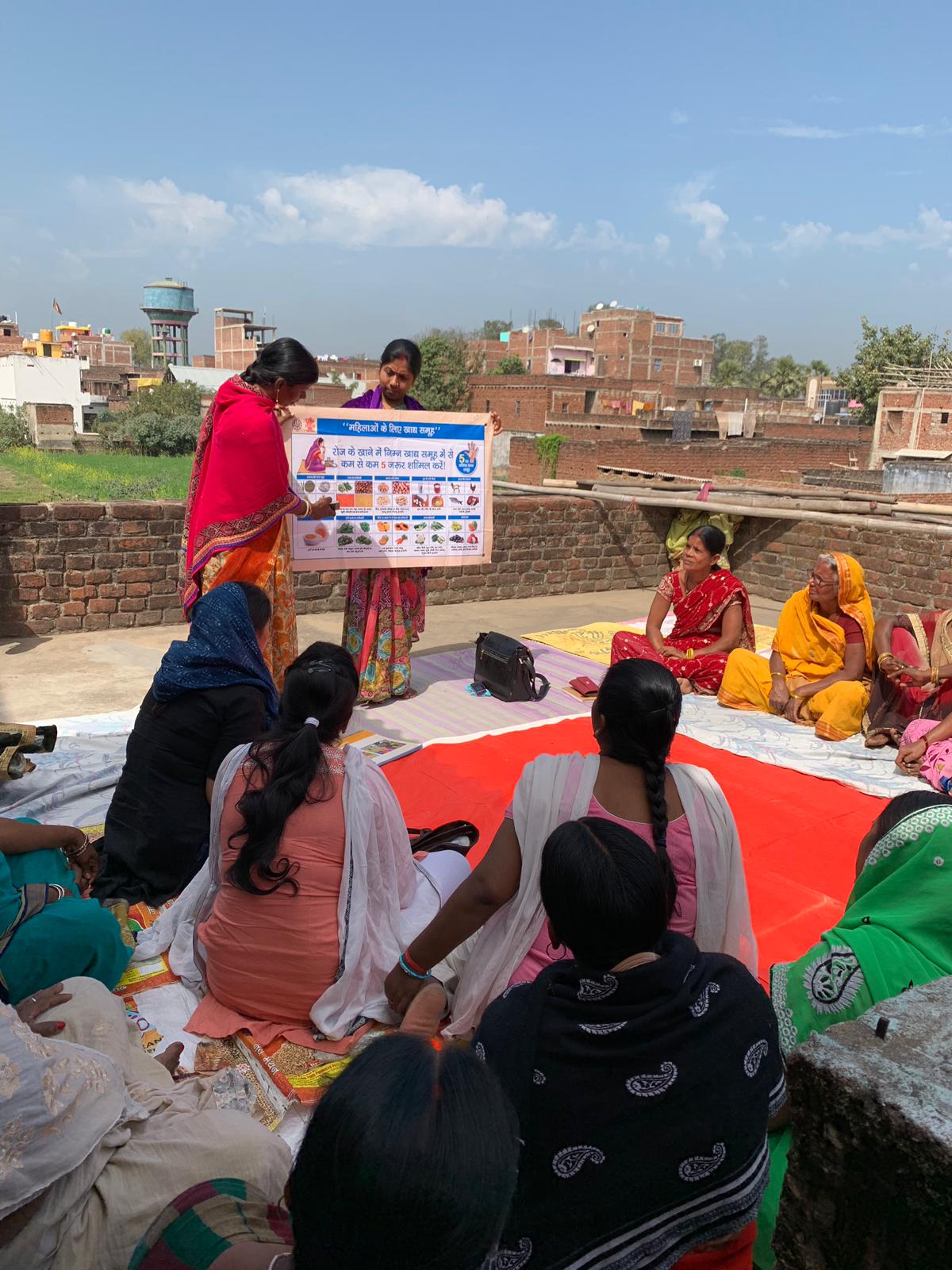
THINGS TO REMEMBER WHILE GOING TO FIELD
Disclaimer: Through this article, I do not wish to educate the reader about field planning; rather it is an experiential account of a novice learner in the field of data science and its usefulness in the social sector.
As an Economics major, I have spent a considerable amount of time learning about policy drafts and their implementation. I have used databases and statistical packages to run regression on highly complex variables only to arrive at conclusions that met the demands of the paper alone. Often, I found myself wondering about the composite structure of data, its procurement and how it serves as a fertile ground for policy change. In due time I realised that a holistic learning approach id needed much more than reading massive literature on data and instead, necessitated interaction with skilled researchers who ace the art of data collection and have been involved in the same as first-hand users and collectors.
Outline India is an organization that sincerely believes in enabling social impact through data. Inspiration runs rife in the work that it does and the impact that it creates and by all means, the place had my inquisitiveness. A neophyte in the field of data science, the common parlance sounded like a maze of technical mumbo jumbo and the people seemed very distant. However, in due course of time, I had caught up on the lingo and was seemingly enjoying the sheltered confines of this organisation.
One afternoon as my colleagues sat down to have lunch, I heard them reminisce about their days on the field – from hilarious accounts of getting ambushed by goats to getting sunburnt in Rajasthan. It was a treat to hear them speak so ardently about what they love doing the most. Their anecdotes had piqued my curiosity and I could not help but ask them about the things one should keep in mind before going on the field, the challenges that plague field operations, the most prevalent use of data collection and other things of the like. Their recollection of their field days is what prompted me to write this feature. So for the first time researchers and data collectors, below is a list of things to remember before you go on the field.
It is essential to have additional resources, for the field is an uncertain terrain. One should have a backing for mobile chargers, SIM cards, training material, clothes, food & water etc.
Preparedness is the key to successful field operation. One should make lists and create realistic schedules. It is wise to start early in the day to avoid last-minute hassles and it is imperative to return to the establishment before reasonable time has passed. It is unsafe to be out during the night.
The permission letters should always be kept handy.
Should any discomfort be felt, the interview is to be discontinued immediate effect and the enumerator are to leave the premise at the earliest.
Females and children ought not to be interviewed alone in closed rooms. They should always be accompanied by a member of their family or a female fieldworker.
At all points, the enumerator must have the contact details of the following:
a) Driver
b) Supervisor
c) At least one fieldworker (male and female)
d) Your colleagues
e) Hotel reception
carry a notebook and a pen to make notes. The memory starts losing detail within twenty-four hours.
While using recorders/tablets or any other digital devices, the following is to be kept in mind:
a. Ensure that they are switched off when not in use.
b. All devices are to be charged daily. Power situations may be tricky, hence, one should charge as time allows.
c. Ensure that devices are given out to field workers are capable of being tracked. The devices are to be collected on departure and it is to be ensured that they are in working condition upon receipt.
d. Ensure devices are being used only for research purposes and not for other activities.
The following is to be ensured when dealing with field staff:
a. Avoid being over-friendly with the field staff.
b. One meets new field members, whose background one is often oblivious about. Should something
appear as strange, the field supervisor and the team should be immediately informed.
c. Check and re-check the data from the first interview before proceeding to the second respondent.
d. All fields of the questionnaire should necessarily be filed.
In the event, that you do not have network connectivity, be accompanied by at least one team member at all points. (This is especially important for the female field workers.)
So that is all for now. I hope by means of this article, I have been able to reach to a few of you and aided you with your field woes.
Lakshita Arora is interning with Outline India.
 Outlineindia
Outlineindia- 12 October, 2023
